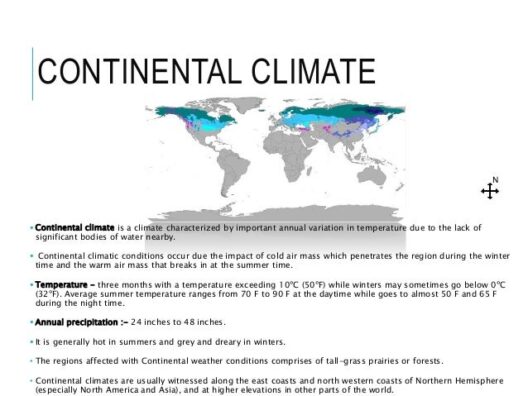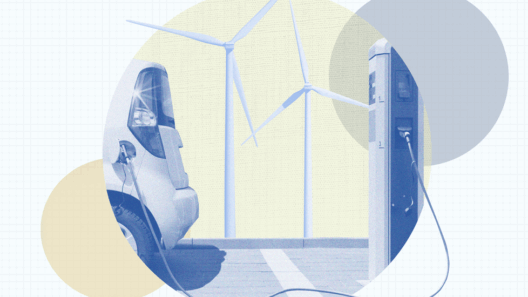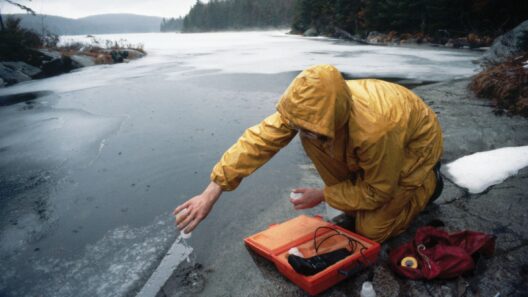In recent years, wildfires have made headlines across the globe, particularly in Canada and Maui, prompting questions about the relationship between these devastating events and global warming. Understanding this connection requires a thorough examination of the underlying factors that contribute to wildfire frequency and intensity, especially in the context of a changing climate.
Firstly, it is essential to define what global warming entails—the gradual increase in Earth’s average surface temperature due to the accumulation of greenhouse gases in the atmosphere. This phenomenon has profound implications for weather patterns, precipitation levels, and overall ecosystem health. With climate change, extreme weather events are becoming more common, including prolonged droughts, which significantly contribute to the likelihood of wildfires.
Wildfires are complex phenomena characterized by various environmental and climatic conditions. Both Canada and Maui have experienced unique forms of ignition and spread due to their ecological characteristics. The boreal forests of Canada are particularly vulnerable due to their vast expanses of coniferous trees, while Maui’s diverse ecosystems can easily combust under the right conditions. In both scenarios, the impacts of climate change amplify the existing risks.
One of the most alarming trends associated with global warming is increased temperature. As average temperatures rise, regions such as Canada are experiencing hotter summers and milder winters. This shift creates an optimal environment for wildfires, allowing vegetation to dry out and become highly flammable. In particular, the summer of 2023 in Canada saw some of the hottest temperatures recorded, which directly correlated with an uptick in wildfires across the nation.
Moreover, prolonged drought conditions exacerbate wildfire risks. In areas like Maui, rapid shifts toward drier climates due to altered precipitation patterns have led to conditions ripe for fire ignitions. As vegetation withers under dry conditions, the fuel load increases, making ignition events more catastrophic. The cyclical nature of droughts and fires illustrates a vicious cycle exacerbated by human actions, such as land-use changes and deforestation.
Additionally, human activities contribute significantly to climate change. Urban expansion, industrial emissions, and extensive fossil fuel consumption have collectively increased greenhouse gas concentrations. These activities not only intensify global warming but also play a direct role in altering local microclimates. For instance, urban heat islands often experience increased temperatures that can aggravate surrounding areas, setting the stage for unpredictable fire behaviors.
Ignition sources also require attention. While natural events such as lightning strikes can initiate wildfires, human-induced activities are major contributors. In both Canada and Maui, land mismanagement practices, such as failings in controlled burns, can lead to detrimental consequences. The disconnect in traditional ecological knowledge and modern land utilization results in ecosystems failing to manage fuel loads effectively. Hence, integrating indigenous practices into contemporary land stewardship could mitigate future wildfire risks.
The aftermath of these fires is multifaceted and poses existential threats to biodiversity. Wildfires reduce habitat and threaten numerous species that rely on specific ecosystems for survival. The conflagrations also contribute to air quality deterioration, producing harmful pollutants that aggravate respiratory ailments in both humans and animals. The smoke from the fires travels vast distances, impacting regions far removed from the original ignition sites—thus reversing the benefits of regional efforts to mitigate climate change.
Furthermore, the social implications of wildfire incidents are stark. Communities face displacement, economic burdens, and loss of cultural heritage. Those in areas afflicted by recent fires, such as Maui, are grappling with the emotional and financial toll brought on by destruction. Recovery efforts can take years, if not decades, particularly in regions with limited resources and infrastructure.
Public awareness and education about the nexus between global warming and wildfires are paramount. Advocacy for sustainable practices and the promotion of responsible land management are crucial steps in curbing the growing threat of fires. As more communities become informed about the realities of climate change, collective action can emerge, fostering initiatives aimed at reducing greenhouse gas emissions and promoting climate resilience.
Lastly, research plays a pivotal role in understanding the interplay of global warming and wildfire dynamics. Enhanced predictive models can provide insight into future wildfire risks, which are critical for effective disaster preparedness and response. The scientific community must continue to study climatic trends and their implications for fire behavior, ensuring that policymakers have the information required to enact substantial environmental protections.
In conclusion, the devastating fires in Canada and Maui serve as harrowing reminders of the far-reaching impacts of global warming. The interconnections between rising temperatures, human activities, and ecological vulnerabilities create an urgent need for collective action. Addressing these concerns demands a multifaceted approach, encompassing scientific research, community engagement, and sustainable practices to pave the way for a more environmentally resilient future.







